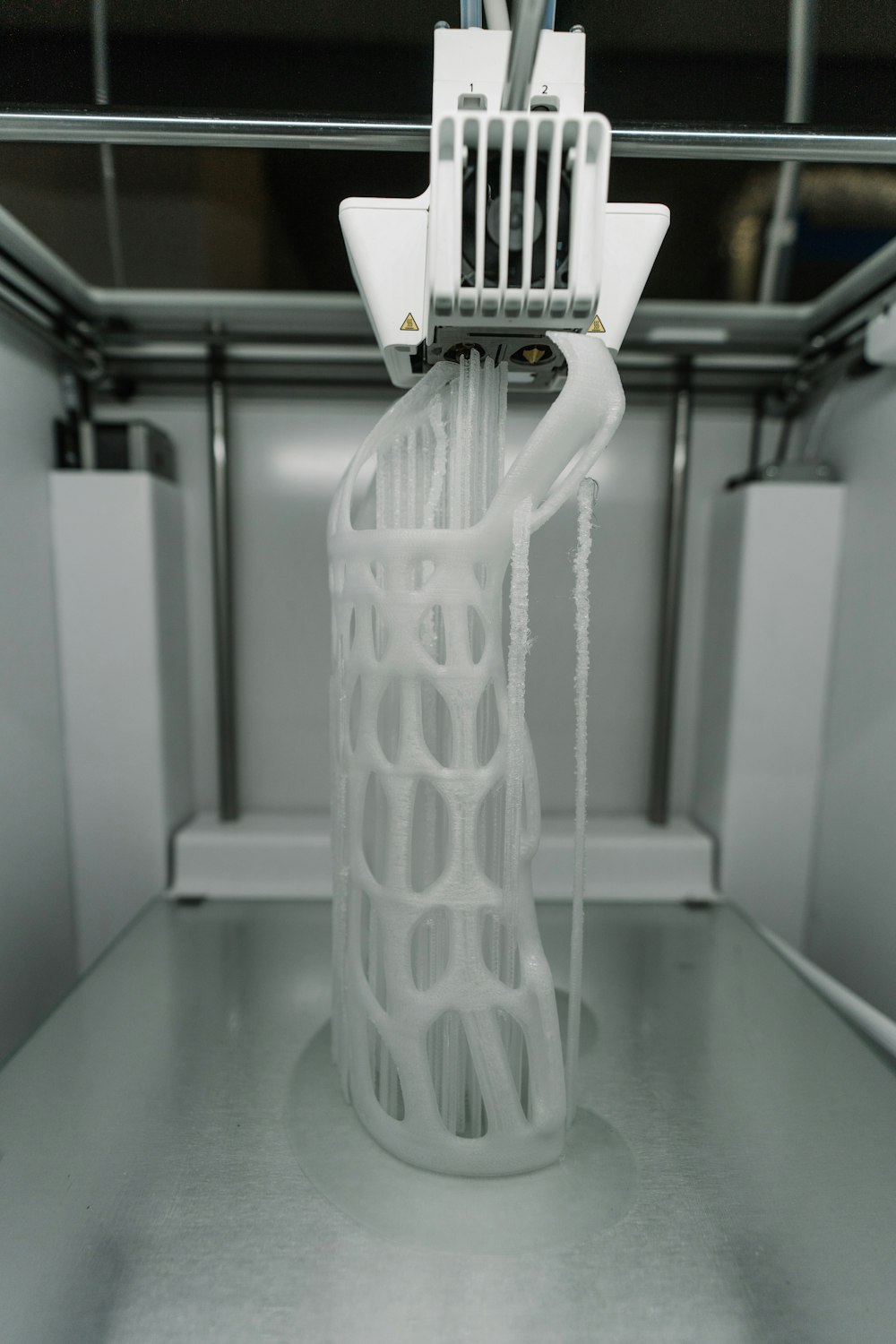My teachables are Social Studies and Theatre. Our conversations today surrounding cross-curricular learning and 3D printing excited me greatly. The obvious cross-curricular potential is that students will be learning computer science alongside whatever their intended goal is for their creations. For example, Mr.Hayano, a high school computers teacher from Wyoming, crowdfunded for funds to buy filament so he and his students could continue to use their 3D printer. Specifically, they planned on using it to build solar-cars for the science class, as well as furniture for a teen living (Looked it up and its basically home-ec and careers combined with a lens of family and community) classes doll house.
How can this be taken further?
Penn Libraries used 3D printing to contribute to set design. Combining computer science, theatre, and art all in one. As a future theatre teacher I find this super exciting, and am eager to do similar work with my classes. As a future social studies teacher, after seeing the archive of printable objects from museum artifacts, to dinosaur bones, I instantly began thinking of how printing those visuals for class could enhance a lesson. Further, what about an inquiry project based on students researching a specific artifact or object from a set time-period where it culminates with them printing and decorating that object? We could create a museum within the room displaying all of their pieces alongside the research they did surrounding their context/use.
Funnily enough, here is another wordpress blog delving deep into the potential of 3D printing for social studies classrooms!

@Tomspentys
Something I appreciate about 3D printing, or any graphic design for that matter, is that while some technological proficiency is needed, the process is largely one of creativity and art. I had never considered ever using, let alone designing anything for, a 3D printer before this workshop. They have had this air of mysticism and complexity that I thought would be too complicated for me to understand. I wonder how many other things I think of as too complex could be harnessed as easily? Maybe I need to fight harder against that complacency when I hear of new technology. Hopefully this new perspective will carry forward throughout my teaching career!
Leave a Reply
You must be logged in to post a comment.